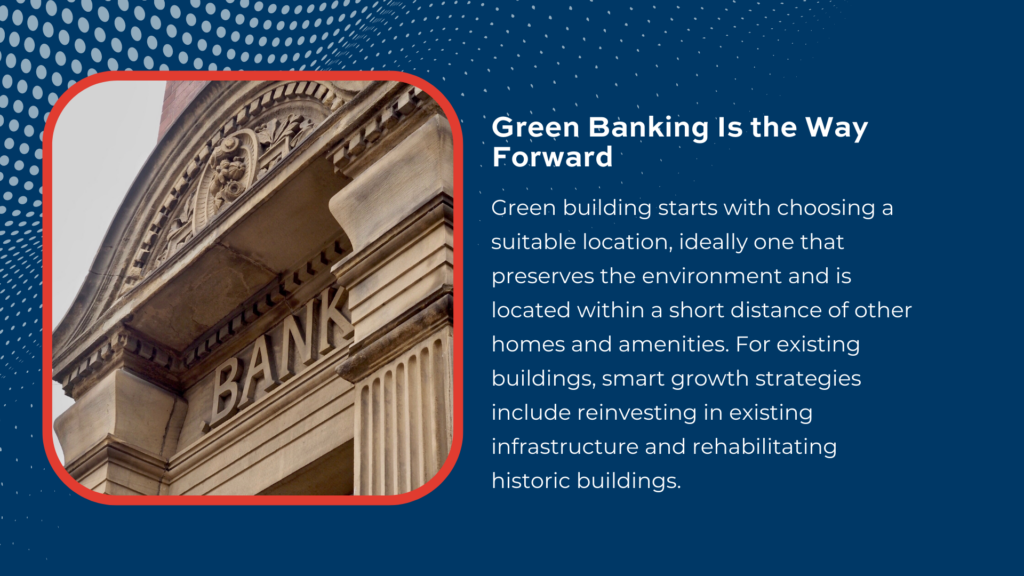Despite the rise of mobile and online banking services, physical branch locations are not obsolete. In fact, plenty of people still visit their local branch locations for at least some of their banking needs.
However, in order to stay relevant, a number of branch banking trends have emerged. These trends enable branch locations to undergo the type of transformation required to better serve their customers. In this blog we will explore 3 key trends in branch banking.
Digital and Physical Spaces Are Merging

The digital and physical banking realms are merging, creating smart branches. Smart branches combine the convenience of banking technology with the in-person guidance of a trusted banker or financial advisor.
Smart branches allow customers to visit a branch location and conduct their banking at odd hours, outside of the standard 9-5. A great example of this is ITM or interactive teller machines. ITMs are expected to rival ATMs due to their greater range of features, which allow a customer to conduct many of their banking needs in one trip. If needed, many ITMs allow for live video chat functionality. In the event a customer needs help, they can remote video chat with a bank teller. This allows for a personalized, human touch.
Meanwhile, security solutions keep the area safe. Video surveillance and monitoring ensure that transactions can be completed safely, at any time of day.
Aside from ITM and ATM machines, other devices can be used in this new blended space. These products and services could include interactive digital displays or digital walls, or bankers with tablets that roam a branch location, allowing them to help clients throughout a branch location.
The traditional bank branch is not completely obsolete. Many customers may still have a need to visit a physical location near them. However, these spaces have to be transformed if they are expected to meet customer demand.
Green Banking
The pressure is on for bank branches, along with other aspects of banking, to practice green banking. Green banking is when banking, in all its business components, is focused on environmental preservation. Green banking is also known as social banking, ethical banking, or sustainable banking.
Green building starts with choosing a suitable location, ideally one that preserves the environment and is located within a short distance of other homes and amenities. For existing buildings, smart growth strategies include reinvesting in existing infrastructure and rehabilitating historic buildings.
Banks can go further by offering financial incentives for environmentally friendly activities and businesses, helping shift investment priority to low-carbon and green investments. At a branch location, a bank could offer green bonds and green loans, which are debt securities used to finance environmentally friendly projects. Branch locations can also be used to promote these products, again via digital displays. Likewise, onsite ITMs could accept payments toward a customer’s green loan.
Finally, for customers who haven’t made the switch to digital, bank branches can encourage them to go paperless. An in-person visit to their local branch is a great way to get them to sign up for paperless banking, and onboard them to financial institution’s digital services.
Modern Design
Another trend in branch locations is the transition to a modern design. Modern banking design consists of an open-space floor plan. There is more room to navigate through the space, and there is a sense of flow. Natural lighting is preferred over harsh fluorescent lighting, which can cause issues such as eye strain and fatigue. Living greenery such as low-maintenance plants is also desirable since they add more color and life to their environment.
For a more personalized touch, branches can turn to the local community. Choosing to incorporate art from local artists into their branch location’s interior design adds a personalized touch, and can make a location feel unique.
The continued increase in online banking has led to many financial institutions closing branches due to a decrease in foot traffic. However, that does not mean local branches are irrelevant. Branch locations with a smaller footprint can still provide local customers with excellent service. Smaller locations allow you to reach new customers in new neighborhoods, who may have not been served by your bank before. Even with a smaller location, a combination of self-service kiosks and a few cross-trained tellers can solve most customers’ needs and extend business hours.
The overall goal of this modern design is to make your branch location less sterile and more welcoming. Your customer’s local branch may be only one of your many locations, but it should feel unique and like a part of the local community. An outdated, sterile design will not cut it and may turn away potential customers. A modern design will give visitors a long-lasting impression.
Transform Your Branch Banking
For close to five decades, Wittenbach has been helping financial institutions throughout the Midwest and East Coast with our comprehensive Integration services. That is why we specialize in bank transformations. We partner with leading manufacturers to bring the latest technology to your branch locations, providing a customized approach to suit your location’s needs.
Whether you need help with one branch location or several, we can aid you in transforming your financial institution. Let us help you put your customers at the center of every transaction, every time.
Ready to get started? Contact us or give us a call at 410-667-6400.



